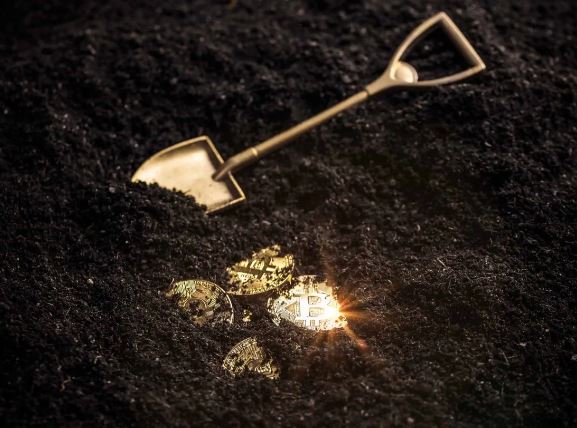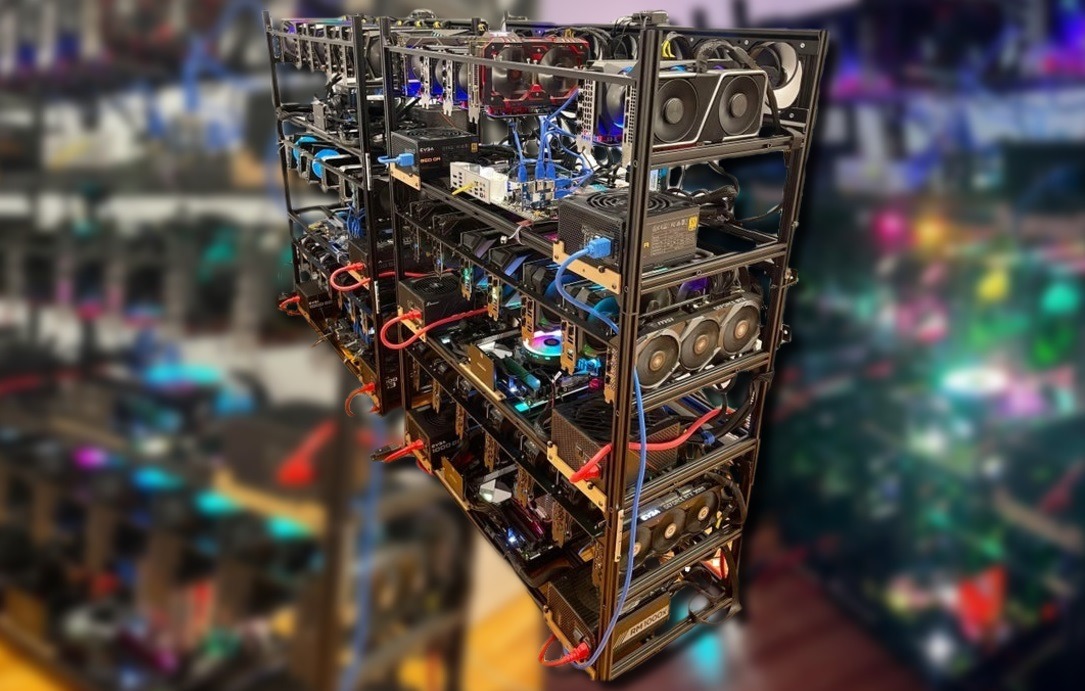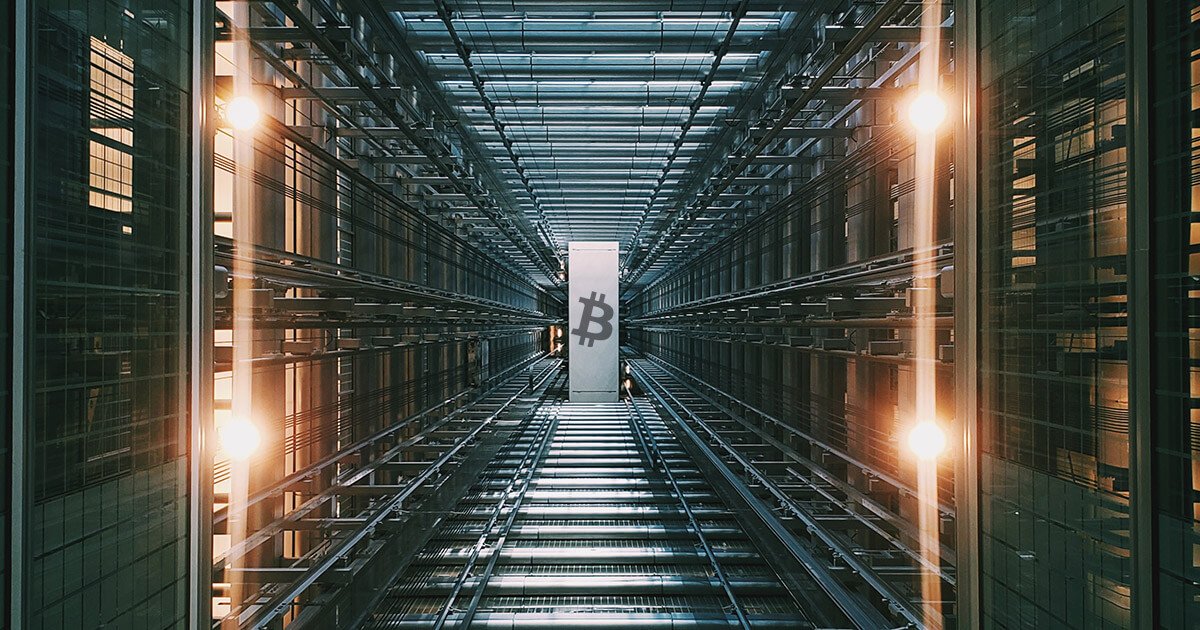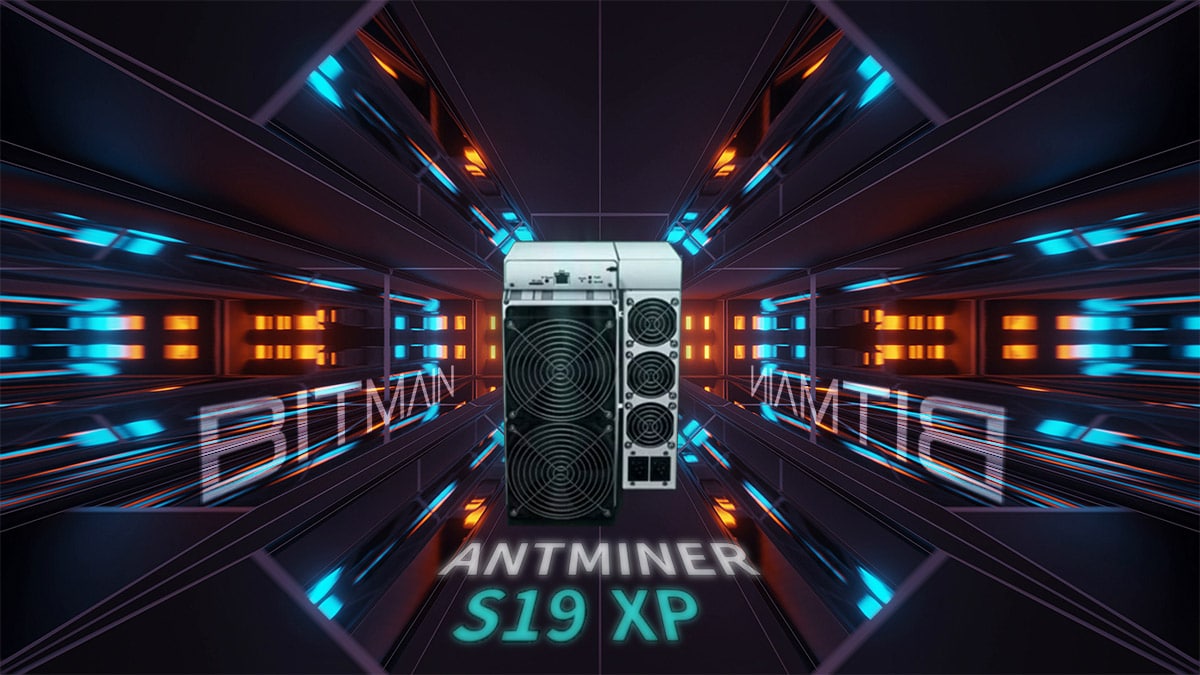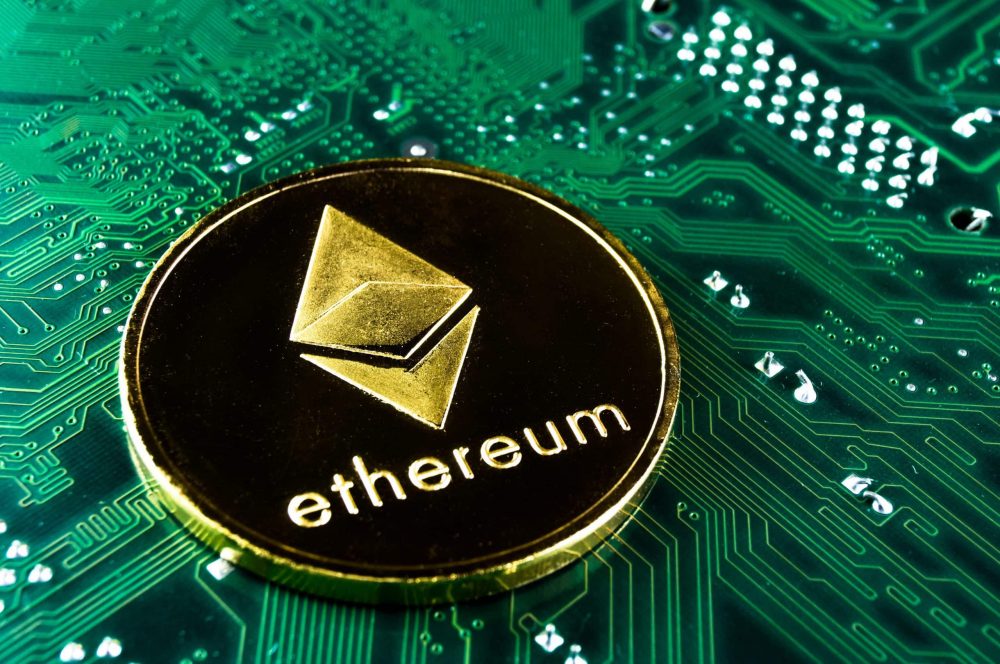Table of Contents
Monero (XMR) is an open-source cryptocurrency, whose primary focus is on the user’s privacy and decentralization. Not everything works as planned. An example is the unwanted hackers and lawbreakers’ attention, which was an unfortunate consequence of the heightened privacy features of the coin. Nevertheless, every unit of the currency can be replaced by another one. This gives XMR a significant advantage over the other cryptocurrencies, such as Bitcoin.
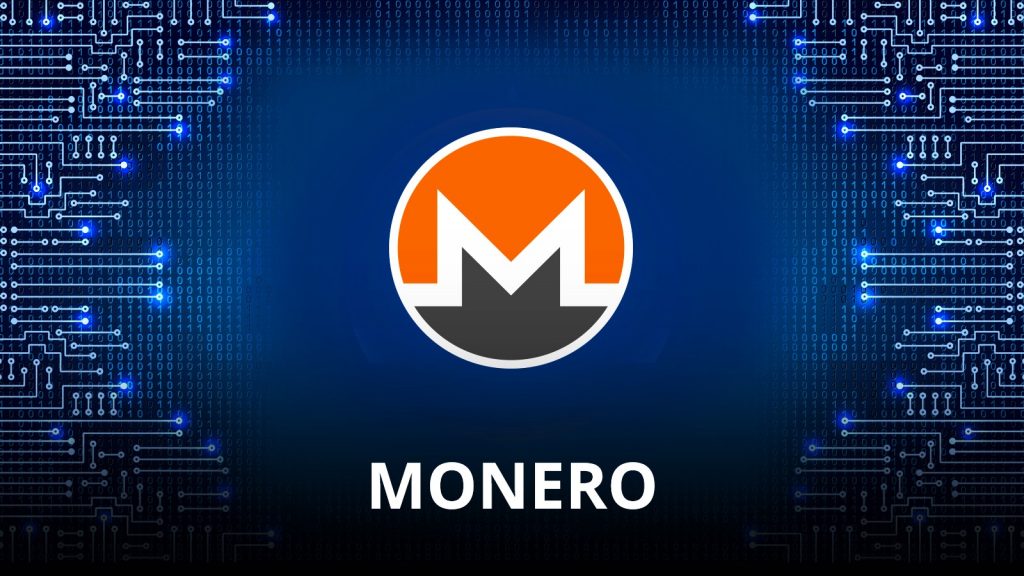
Monero has made several large improvements since it has been launched. One of them is the blockchain migration to a different database structure. This was done to provide greater efficiency and flexibility. The setting of minimum ring signature sizes was the next extra step, that granted all transactions to be private by mandate.
Moreover, the transaction amounts are hidden, thanks to the RingCT. Roughly all improvements have increased 1 XMR security and privacy. Monero continues to develop its goals of confidentiality and protection in the first place, and the ease of use and efficiency on the second one.
Is mining Monero profitable?
Definitely, mining Monero is profitable. This is because the cryptographic algorithm Monero is resistant to ASIC mining. A simple /CPU (Central Processing Unit) or home GPU (Graphics Processing Unit) can be used to mine Monero.
Mining Monero is not just profitable, it is also very easy and can be done in a short while. It is important that you know all the troubleshooting tips, processes, software, and hardware that you’ll need to effectively mine Monero right from the comfort of your home. We’ve put together a comprehensive guide on how to mine Monero and all the resources needed for the activity.
For several cryptocurrency miners, Monero is a ‘de facto’ option. Why? The demand for Monero is currently on the rise, it is gradually taking a place in the crypto wallets of several cryptocurrency miners. To make a great decision, you might want to consider the pros and cons of the outstanding features of Monero.
Pros of Monero
- A top-notch and reliable research team
- Monero mining algorithm is ASIC (Application Specific Integrated Circuit) resistant
- Trusted team with high-quality research
- Confidentiality and anonymity, which can be very desirable
- Faster processing of transactions
- Favorable for extraction because it does not require huge initial investments like for Bitcoin or Ethereum
- I2P Layer – Protective layer for every Monero transaction
- Block limit flexibility – Light size, quick-forming blocks
- No block size limit in Monero
- Multiple keys – Private view and public view keys
- Highly fungible with dynamic scalability
Cons of Monero
- No formal voting system
- Passive official committee
- Insufficient merchant tools
- Slow technological development
- Relatively less adoption rate
How can I mine Monero?
The GPU (Graphics Processing Unit) needed tor Monero mining is available on Whattomine.com. You can easily input the necessary information and start calculating the hash rate according to the different hardware. This makes trading Monero cost-effective and time-saving.
Note that CyrptoNight works incredibly with CPUs. In most mining algorithms, AMD cards are a lot better than Nvidia GPU’s.
Can I mine Monero on my laptop?
Yes, you can mine Monero on your laptop but be sure you want to use the mining software in order to create reasonable solo mining proof of work.
It is important you know that you stand the chance to generate unprofitable mining outcomes when you mine directly on bitcoin’s network with a laptop.
You can also use the Minergate platform on Windows or Mac to mine Monero. You can also use the dual mining feature as it would give you access to every audience.
Apart from the basic mining software requirements, you need other crucial things. These include:
Hardware – assembled GPU rigs, using AMD or Nvidia card models.
Monero Wallet: this combination of public and private keys help you maintain a ledger of all your transactions and keep a track of all your earnings.
Reliable Internet Connection: You need a 24/7 connection to the Internet and 15GB per day per unit.
The capacity of power line: Get familiar with the consumption (in Watts) of the hardware you choose and the capacity of the line you will connect it to.
It is important that you invest in a good GPU mining rig if you want to get the best outcome
Steps to mining Monero
Step 1 – Install Monero mining software
There are many mining software to mine Monero but it’s great to pick the software that works best. An ideal Monero mining software would be the one with matching GPU configuration.
- AMD GPUs
- XMR Stak (2% developer’s fee with self compilation)
- Wolf’s Miner (Zero developer fee – less optimized)
- nVidia GPUs
- XMR Stak (2% developer fee with self compilation)
- CC Miner
- CPU’s (Intel/AMD)
- Monero Spelunker
- Wolfs Miner
XMR Stak has launched a simpler install package for most miners. We endorse XMR stak since it delivers a seamless approach and a good outcome.
Configure the xmr-stak.exe
In order to configure the miner, there are several steps involved. These steps are simple as you only have to follow the information on the windows.
Configuring XMR-STAK
You should see an empty password field. What is more, the Rig identifier for the mining pool’s side statistics is usually optional. The next step for you is to enter the port support option (TLS/SSL) for the chosen mining pool – enter the following command: n. Nicehash; definitely No.
Multiple mining pools; No. Once this list is complete, your miner will connect to the pool address of your choice and will start mining the cryptocurrency you have picked from the pool. In addition, it will create 3 more files in the folder. They will be cpu.txt, nvidia.txt or amd.txt, and pools.txt.
You should know that anti-virus programs normally identify software files as harmful viruses. Make sure you choose an official link that is easy to install on MacOS, Windows, and Linux.
Step 2:Join Monero mining pool
Once you are done with installing the Software, you would be asked to select between Monero or Aeon cryptocurrencies. Here, you only need to select Monero and click next for the following instruction.
The next thing is to join the mining pool. This is done by entering an address. Most people have general mining pools hardware that will not yield significant results except with hardware with a high hash rate.
You only have to pay a little fee to enroll in a community in order to get regular income. Some popular high rewarding mining pools are Nanopool, Dwarfpool, MineXMR, and Monero mining pool.
Mine XMR is a good alternative mining pool since it offers a good server location that has minimum latency with a low fee.
Step 3 – Monero Wallet Address
The following step is to enter your wallet address. It is crucial that you thoroughly go through the instructions to set up your wallet. You’ll be required to furnish your wallet ID and include a password for safety.
Also, note that Mine XMR doesn’t support SSL/TSL and you can configure multiple mining pools parameter in the same file or a single mining pool.
Mine XMR automatically detects and performs on the GPU’s that are ready. Thereafter, the miner status can be seen when you use the commands located at the bottom. The letters ‘h’ will indicate the hash rate and ‘c’ will validate the pool connection. In addition, ‘r’ is to make the hash rates visible.
Configure File
Before CPU mining, it is important that the applicable CPU configure file is prepared appropriately. In the install configuration location, a CPU text file is placed in the XMR Stak installation folder.
If you are using the same CPU for other purposes, you can simply use fewer cores. As a user, you can optimize all the cores for mining which means all the resources available will be used to mine Monero. After entering your relevant choices in terms of cores, simply restart the application and your hash rates would be increased.
Monero cloud mining
Cloud Monero mining enables you to immediately start mining and getting proof of work without the need to purchase hardware, pay electricity bills, and trash out cooling and ventilation.
Some of the cloud mining advantages are:
- No excess heat to deal with.
- No excessive noise from constantly running fans.
- No electricity costs.
- No pre-ordered hardware that may not be delivered on time.
What is Cloud Mining Disadvantages?
- Possibility for scams or fraud.
- Low incomes – the middleman cover its expenses.
- Mining contracts – may cease operations or payouts, in case the mining becomes unprofitable.
- Lack of possession of the Monero mining equipment.
To jump into cloud mining, you “only” have to identify reputable providers and choose the algorithm and the amount of power you want. Key things to look for are:
- The reputation of the provider
- Contract length
- Algorithm
- Amount of hash rate.
Some of the well-known cloud mining miners with high hash rate are:
- GenesisMining
- Nicehash.com
How to create Monero wallets?
The authorized wallet works greatly on Blockchain, ARM, Mac OS, Windows, etc. The wallet usually come by the dozen. There are collective efforts also striving to develop an official ‘Monero hardware wallet.’
Another notable option is the lite Wallet. The lite wallet can easily be created on the website with the wallet address and private keys.
MyMonero
Creating a wallet at Mymonero is an easy task just like joining the mining pool. You only need to click the ‘create an account’ button when visit the official link.
If you have done this, a web page will prompt you to select the seed words from a vast list. Simply fill up the columns and make sure you keep them safe, you might need them to make recoveries during emergencies. Next, you’ll see a text box. All you need to do is to copy and paste it, then hit the login button.
Congratulations, you now have your wallet with all the information including address and previous transaction. Using an official wallet is not mandatory, it is a personal decision. If you are a master in cryptocurrency mining, you’ll have several options including the ultra-secure hardware wallets.
How much Monero can be mined in a day?
Unlike many cryptocurrencies that are derivatives of Bitcoin, Monero mining is based on the CryptoNote protocol and has significant algorithmic differences regarding blocking chain obfuscation.
By offering a high level of privacy, Monero is fungible, which means that each unit of currency can be replaced by another unit. These units are indistinguishable from each other.
This makes the Monero mining pool different from the cryptocurrencies of public books like Bitcoin, where pool address previously associated with unwanted activity can be blacklisted and refused by network members.
In particular, the signatures of the rings mix the address of the spender with that of a group of other people, making it exponentially more difficult to link each subsequent transaction.
The “stealth addresses” generated for each transaction make it impossible for anyone other than the owner of the address to find the actual destination.
Finally, the “confidential ring transactions” mechanism masks the amount transferred. Monero is designed to withstand the mining of application-specific integrated circuits that are commonly used to mine other cryptocurrencies such as bitcoin. It can be operated relatively efficiently on consumer hardware such as x86, x86-64, ARM, or even consumer GPUs.
The costs of buying Monero will be lower if you can buy directly from a Monero exchange such as Kraken. For large purchases, we recommend using an exchange. It can take a few days to send funds to exchange and have your identity verified with the exchange. The profit level is 1% to 3% per day.
Monero mining is a secure, private, and untraceable monetary system. Monero uses a special type of cryptography to ensure that all of its transactions remain 100% non-severable and untraceable. In an increasingly transparent world, we understand why a Monero can become so desirable.
What are Monero’s development plans for the future?
Projects current of Monero includes the fluffy blocks, sub-addresses, multiple signatures, pool, GUI port for Android, and the redesign of the financing forum.
The projects that are being carried out are the alpha output of Kovri, more research paper on the MRL, and more proof of effectiveness for the RingCT as a means of reducing transaction sizes and the second layer of solutions for improving the scalability and speed of the Monero.
Frequently Asked Questions
How long does it take to mine 1 Monero?
If you use a processor, for example, AMD’s FX 8320, mentioned in this article with 330 H/s, you will need 1 year to mine 1 XMR coin.
Can I mine with Raspberry pi?
It’s possible, but not profitable.
Is it worth it?
It depends on your expectations, but you can easily verify how much time is needed for a reward.
Is Monero mining legal?
It’s perfectly legal.
Can I mine for free?
There are different types of Monero mining, you can get a pool with lower fees or none whatsoever, but as it goes in life, nothing comes free. You would have to pay for a mining pool.
Can I mine with my iPhone?
It is possible, but not recommended because it’s less effective and you might overheat your phone.
Is it safe?
You should always pay attention to the small details. Generally, mining Monero is safe.
Why should I mine?
In order to gain a certain amount of money every day.
Conclusion
For people who want more privacy for their cryptocurrency transactions, Monero is a very good option. While other digital currencies offer the option of enhanced addresses, this is a default setting for Monero, ensuring that user information is secure in the same way as the number of transactions.
In addition, it is easy to use, and as the Monero is a community-driven project, it connects all of its users to the world, creating the feeling of being part of something big.
You may also like: Litecoin Mining Complete Guide


